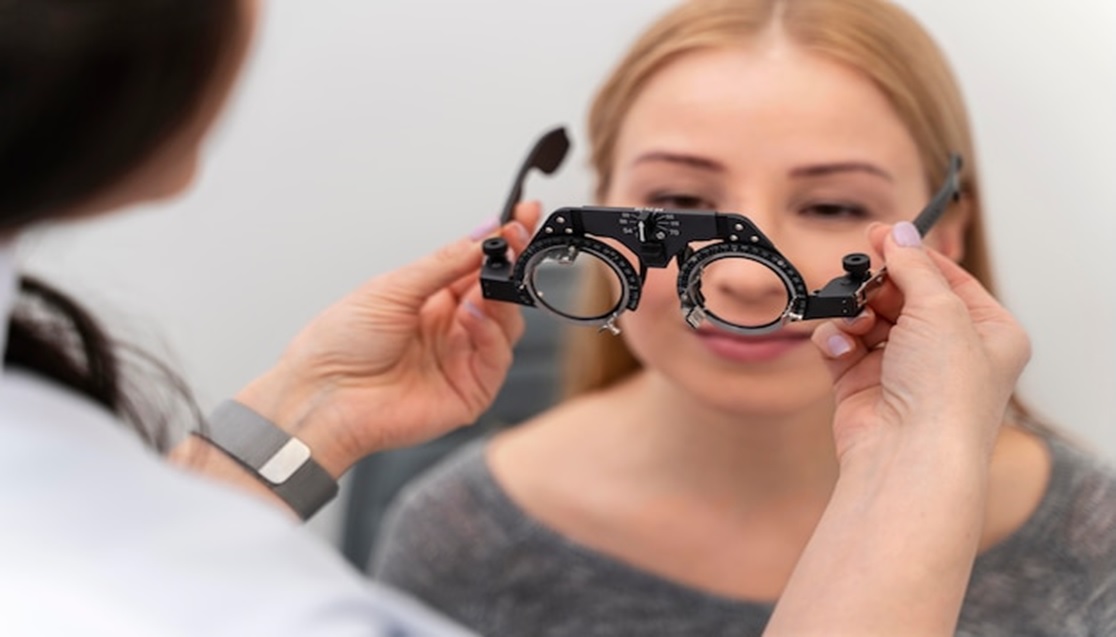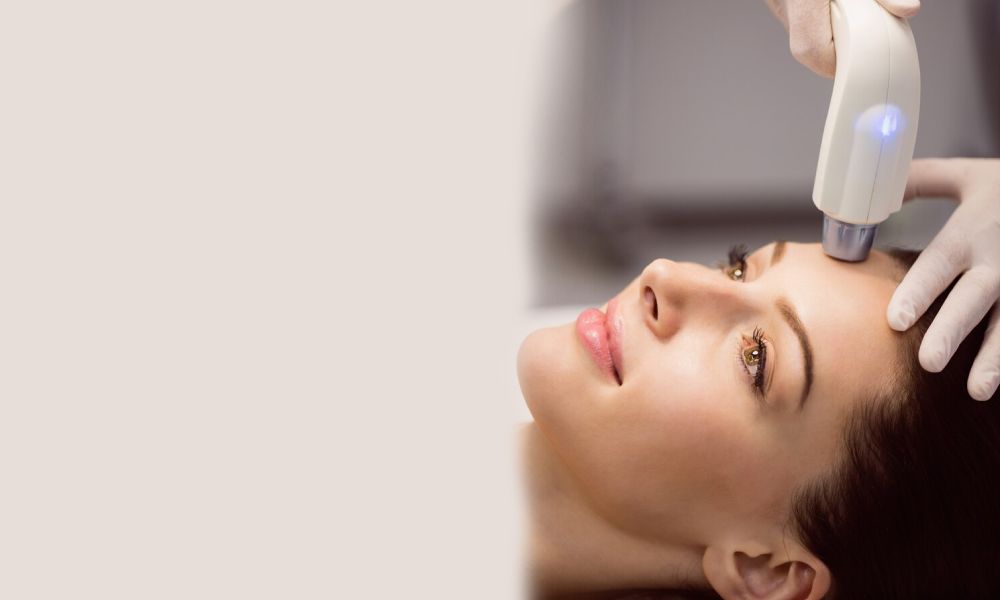Each year, millions of Americans suffer from spider veins. This vascular disease affects more than 40% of women, and as the population ages, it becomes more common. Getting a spider vein surgery in South Carolina is something you must consider.
The following five variables have been associated with causing the venous condition that will ultimately necessitate spider vein surgery, even though the precise cause of spider veins is still unknown:
- Age, gender, and family history
Research has revealed that up to 90% of people with spider veins have a family history of the disease. More women than males are affected, and age raises the chance of developing spider veins. This is brought on by the vessels’ weakening walls as the patient ages.
- Hormones and Obesity
Due to the additional strain on their leg vessels, people who carry more than their optimal body weight may develop spider veins. Because estrogen impairs vein valves, women who use birth control or receive postmenopausal hormonal therapies are also more likely to develop spider veins.
- Pregnancy
Because the baby’s weight strains the leg veins, many pregnant women develop spider veins. After delivery, some spider lines may go away, but others may stay.
- Extended Standing or Seated
Long amounts of time spent in the same posture put additional strain on the leg veins’ ability to pump blood to the heart. Those who spend hours standing or seated may develop spider veins as a result of the additional pressure.
- Fading or a prior blood clot
A patient is more likely to develop spider veins if they are subjected to the sun’s harmful ultraviolet radiation, which damages the skin, particularly the face. The same situation could result from a prior blood clot or vein injury, which makes the veins malfunction.
These risk factors would ultimately necessitate spider vein removal, particularly if the patient was already experiencing discomfort or found the appearance of the unsightly spider veins on her face or legs to be an irritation.
For improved blood flow, doctors may suggest donning compression hosiery or stockings that apply pressure to the veins in the lower limbs. Today’s most widely used procedures for removing spider veins include laser procedures, sclerotherapy, and endovenous laser therapy (EVL).
However, since avoiding spider veins is still the best course of action, it is crucial to apply sunscreen constantly, avoid standing or sitting for long, keep a healthy weight, exercise regularly, and elevate the legs at the conclusion of a long day.





